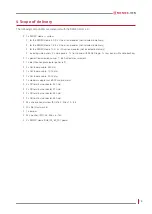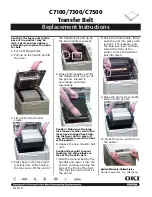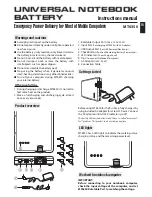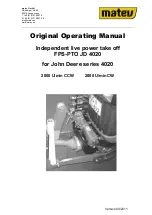
25
1 2 3 4 5 6 7 8
RCR 1 - 100 %
GND/RCR 1 - 100 %
RCR 2 - 60 %
GND/RCR 2 - 60 %
RCR 3 - 30 %
GND/RCR 3 - 30 %
RCR 4 - 0 %
GND/RCR 4 - 0 %
Figure 7 Ripple control receiver port
6.2 Description of functions
The SENEC.Home Li is an AC-controlled energy storage unit with charging electronics that have been op-
timised for the lithium ion battery also supplied. Charging and discharging processes are controlled by the
energy management function of the integrated software.
Storage of PV power
Electricity which is not used immediately in the household is supplied to the battery via the connection of the
SENEC.Home Li to the PV installation. The stored electricity is discharged into the domestic power network
from the SENEC.Home Li as required. By storing the PV power not directly consumed, the SENEC.Home Li
allows a higher proportion of internal consumption of power generated at home. Independence from the pub-
lic power network is increased to up to 80 % depending on consumption habits.
Use of excess mains current
If Econamic Grid is being used, the SENEC.Home Li receives excess mains current following a call by DEV
and stores this. A heating rod can additionally be connected to the Econamic Grid circuit (SENEC.Heat).
Excess mains current can either be loaded into the storage unit, or consumed directly by the heating rod.
Participation in SENEC.Cloud allows excess electricity even to be drawn in winter, in poor weather or at night
if it has previously been fed into the SENEC.Cloud.
Storage of electricity from other generators (CHP, wind power, etc.)
Power from other generators can be stored in the SENEC.Home Li battery alternatively or in addition to the PV
power. The precondition is that the generation unit supplies grid-compliant alternating current to the domestic
power network. Please observe the installation instructions in this regard, and any regulations and conditions
of public support programmes.
1
2
3
4
5
6
7
8
















































